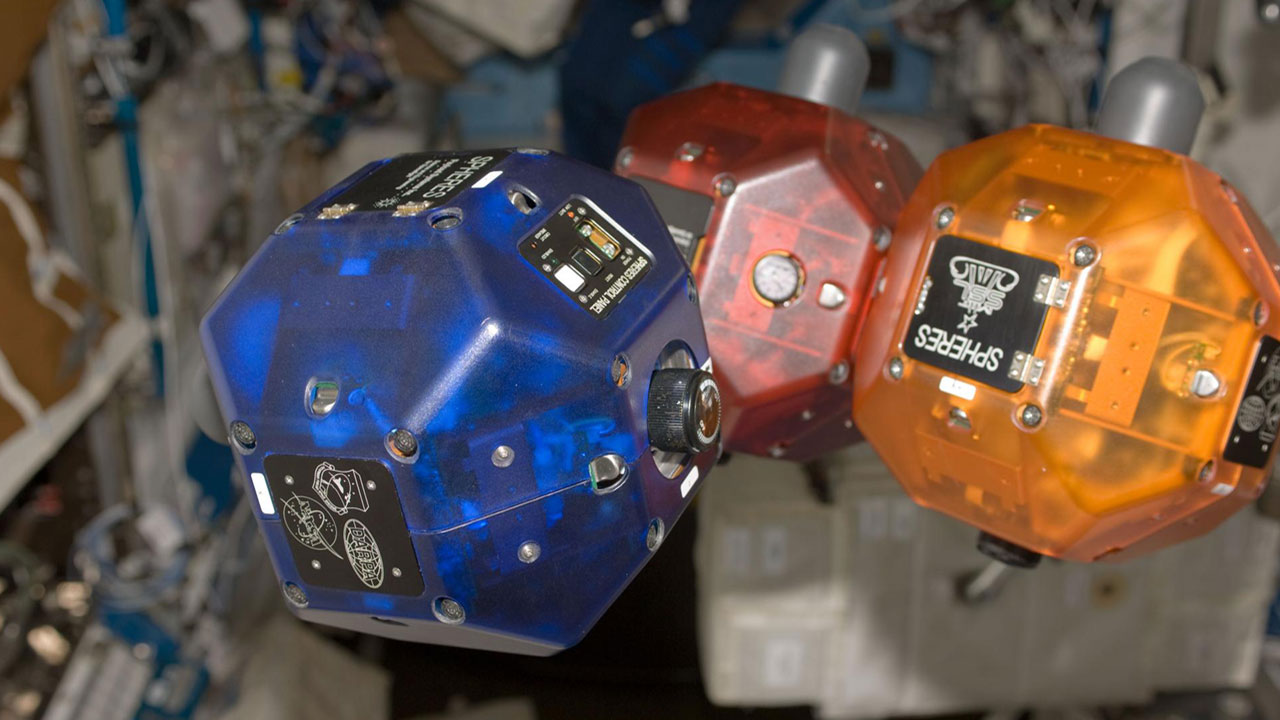Today, the world runs on code. There are a gazillion digital interfaces around us buzzing with information, influencing how we communicate, travel, conduct business, and ultimately how we learn. Within this digital renaissance, the means of human exploration have also evolved: we have the ability to not only visit space but to live there. This is best demonstrated by the International Space Station—entire systems and networked processes working synchronously to support astronauts living in space and conducting scientific research in microgravity.
Within this space where imagination has no boundary, the learning opportunities are endless and students are able to discover and use the building blocks of our digital world in a unique classroom—the space station. Through the Zero Robotics program, middle and high school students in the U.S. and member states of the European Space Agency are immersed into the world of coding and robotics. Between the two grade-level program tracks, students work alongside mentors from the Massachusetts Institute of Technology, the program’s organizing sponsor, and aerospace professionals to learn the basics of computer programming and robotics.
Zero Robotics participants’ ultimate goal is to master the basics of coding in order to program an experimental satellite (known as SPHERES, Synchronized Position Hold Engage and Reorient Experimental Satellite) onboard the ISS to complete various tasks, with astronauts on-hand to referee. The competition is as diverse as it is intense, with 171 high school teams and 70 middle school teams participating in the 2015-2016 season.
Zero Robotics programming is delivered to students, including under-represented communities, at zero cost. The ISS National Lab supported-program aims to increase access to space science and science, technology, engineering, and mathematics (STEM) enrichment. “Zero Robotics seeks to inspire middle-school children to pursue an education in the STEM subjects,” said Katie Magrane, Zero Robotics program manager. “There exist many tools that can create excitement among students in STEM, but too many times these resources are used only as promotional tools rather than to engage and inspire students.”
The 2016 Zero Robotics high school program kicked off this month. To learn more about Zero Robotics or to get involved, visit: zerorobotics.mit.edu







